Growing heirloom onions
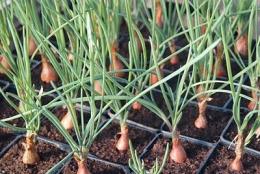
This bow in Europe is called "shallot", in Ukraine - "kushchevka", in Moldova and Russia - "family", the Latin name is Allium ascalonicum. It is a multi-nest variety of onions. In one nest usually develops from 3 to 10, and sometimes up to 20 bulbs, each weighing from 15 to 40 g. The feathers of this onion are thinner and less sharp compared to other varieties; they are also distinguished by a weak waxy coating.
Content:
Growing and care
Growing heirloom onions has its own characteristics. It shoots tightly and is not afraid of frost, so it is planted in the ground in mid-April. The “Family” manages to get enough of the melt water from the soil, and its active growth occurs during the longest daylight hours of the year.
If you plan to use this onion for greens, then when planting, the distance between the rows is 20 cm, and in each row between the onions - 10 cm. In this case, every third plant is used for greens. If you are not interested in greenery, then you should plant it sparser, according to the 20x15 pattern.
Caring for heirloom onions is not burdensome, the same as caring for other varieties of onions. It should be watered, loosened and weeded.
The shallots are harvested when 50-70% of their feathers have fallen. Choose a sunny day and dig up the onions and feathers. Lay it in one layer and dry for 10-12 days. Then trim the feathers, leaving a thin neck. Select only healthy bulbs for storage. Store the family in boxes or boxes at a temperature of 0-3 degrees, without dividing the nests into separate bulbs.
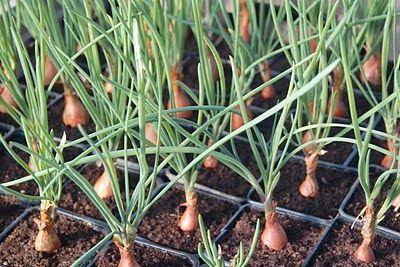
In more detail, cleaning and preparation for storage look like this. In the second ten days of July, watering is stopped completely, even in dry weather. The sets are harvested after lodging of the leaves, around the end of July. Lodging of leaves is the main sign of bulb maturation, which indicates the death of the roots at the bottom. This phase begins when the shallots no longer form leaves and begin to form closed, juicy scales inside the bulbs.
Delaying the harvesting of shallots can lead to a decrease in keeping quality, because after the feathers have completely dried out in the presence of soil moisture, root development begins again. A good time for harvesting is considered to be dry, windy weather, which makes it possible to dry the shallots in the open air. Drying in sunny areas helps disinfect the bulbs.
The onions are dried for 2 weeks under a canopy or in a barn. Bulbs stored for storage should have thin, dry necks. The tops are either crushed or cut off.
The quality of the bulbs is affected fertilization. Thus, when fresh organic fertilizers are applied, shallots form massive feathers and loose bulbs that are unsuitable for storage. Therefore, three-year-old manure is more suitable for fertilizers. In the year of sowing, poor soils have to be fertilized; here it is better to use decomposed, rotted compost.
Moist humus-sandy or light humus loams are considered the best soils for shallots. Shallots work especially well on alluvial silty soils in warm river valleys.
If family onions are grown for a long time without updating the planting material, infection accumulates in it, bulbs suffering from gray rot are more common, and the harvest is poorly preserved.After 3-4 years, you should either buy planting material or grow it from seeds.
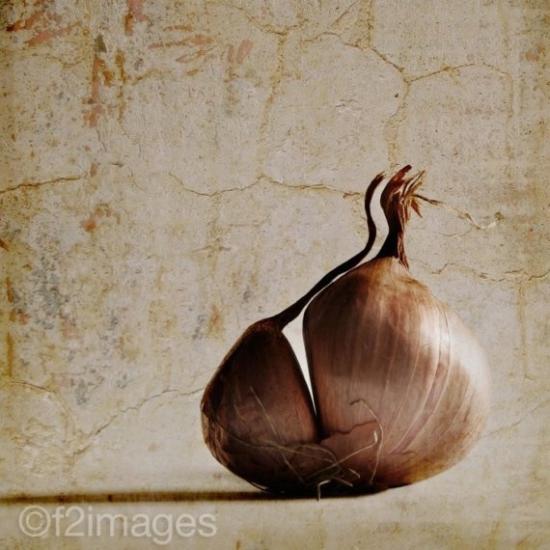
To prevent accumulation infections and pests For shallots, crop rotation is used, as well as the combination of crops in one bed. So, in order to avoid the massive spread of onion flies, it is recommended to plant carrots in the same bed with shallots. At the same time, both crops protect each other well, but carrots are a more “responsible” protector, since onion flies are almost never found in combined beds, while carrot flies do appear in small quantities.
Varieties
- Albert
- Atlas F1
- Aristarch
- Star
- Kainarsky
- Kushchevka Kharkov
- Grasshopper
- Kunak
- Off-season
- Siberian yellow
- Sprint
- Chapaevsky
Reproduction
For propagation of shallots use seeds and bulbs (vegetatively). For the vegetative method, the soil is prepared in the fall, then early in the spring they begin planting sorted bulbs. Before planting, the bulbs can be kept in warm (about 30 degrees) water.
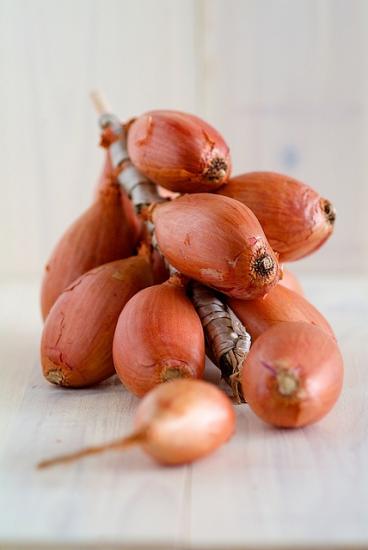
Seeds are sown in early May in furrows 3 cm deep. The seeds are pre-soaked for two days, and the furrows after sowing are sprinkled with peat or rotted compost.
Soak the seeds in a gauze bag, placed in a plate and filled with a 0.5 cm layer of water. Cover the top of the plate so that the gauze does not dry out. Temperature: room temperature, 22-25 degrees. Every 8 hours, the gauze with seeds is washed in running water, the water in the plate is replaced and covered again. Before planting, the seeds are slightly dried until they flow and sown in the garden bed.
Thanks to its exquisite taste, quick preparation and almost complete absence of smell after eating, shallots have become a real find for gourmets.And as you can see, caring for and raising a “family” does not present any difficulties at all.

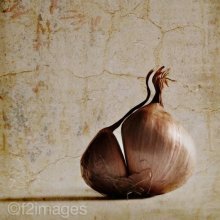
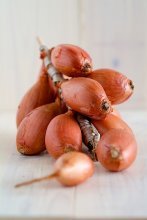
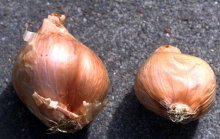
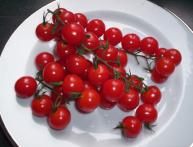

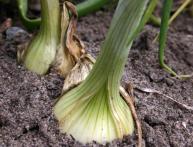


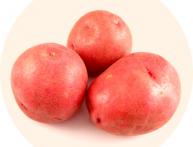
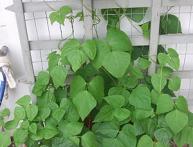
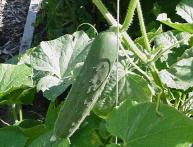
Comments
Now it’s clear why my family one began to become smaller and is poorly stored, it turns out that “fresh blood” needs to be injected. I will definitely buy good planting material in the spring.
Every year we try to plant onion seeds using this method, which is very simple and effective, by the way. By the way, I didn’t even suspect that fertilizers affect the good preservation of onions. Now it’s clear why he rarely survives the winter here
I am completely satisfied with this variety. And the fact that they are small, and the color, and the taste, and also family onions winter well. But I didn’t know how to grow it correctly before. We will take into account all your advice)
Yes, I grow it all the time too. I really like it as a seed, but also for food as a herb. Previously, of course, I didn’t know many of the nuances of growing, storing and processing onions, and because of this I threw away and spoiled so many.